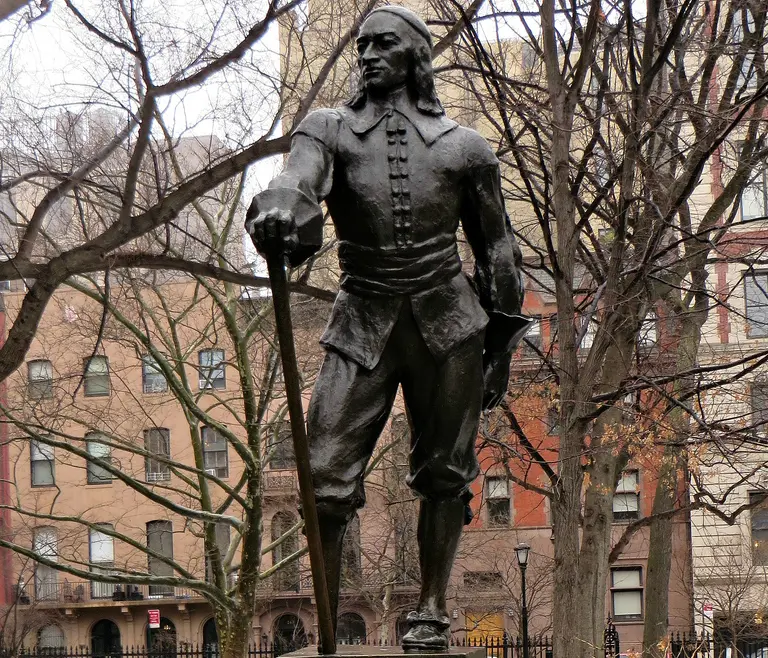November 5, 2014
A few quick facts from New York City history 101: The island of Manhattan was originally settled by the Dutch, and therefore officially named New Amsterdam in 1625. It was part of the larger settlement of New Netherland. Pieter, or Petrus, Stuyvesant (we know him today as Peter) was the last Dutch Director-General of the colony of New Netherland from 1647 until it was ceded to the English in 1664. His work greatly influenced the city's expansion northward from the southern tip, and he was responsible for many major historic events, such as the erection of a protective wall on what is today Wall Street and the creation of a canal on today's Broad Street and Broadway.
Now that it's November–the month when the city celebrates its Dutch heritage through 5 Dutch Days–we decided to take a look at the old stomping ground of General Stuyvesant, as well as his lasting legacy in the city today.
Read about Peter Stuyvesant's NYC
